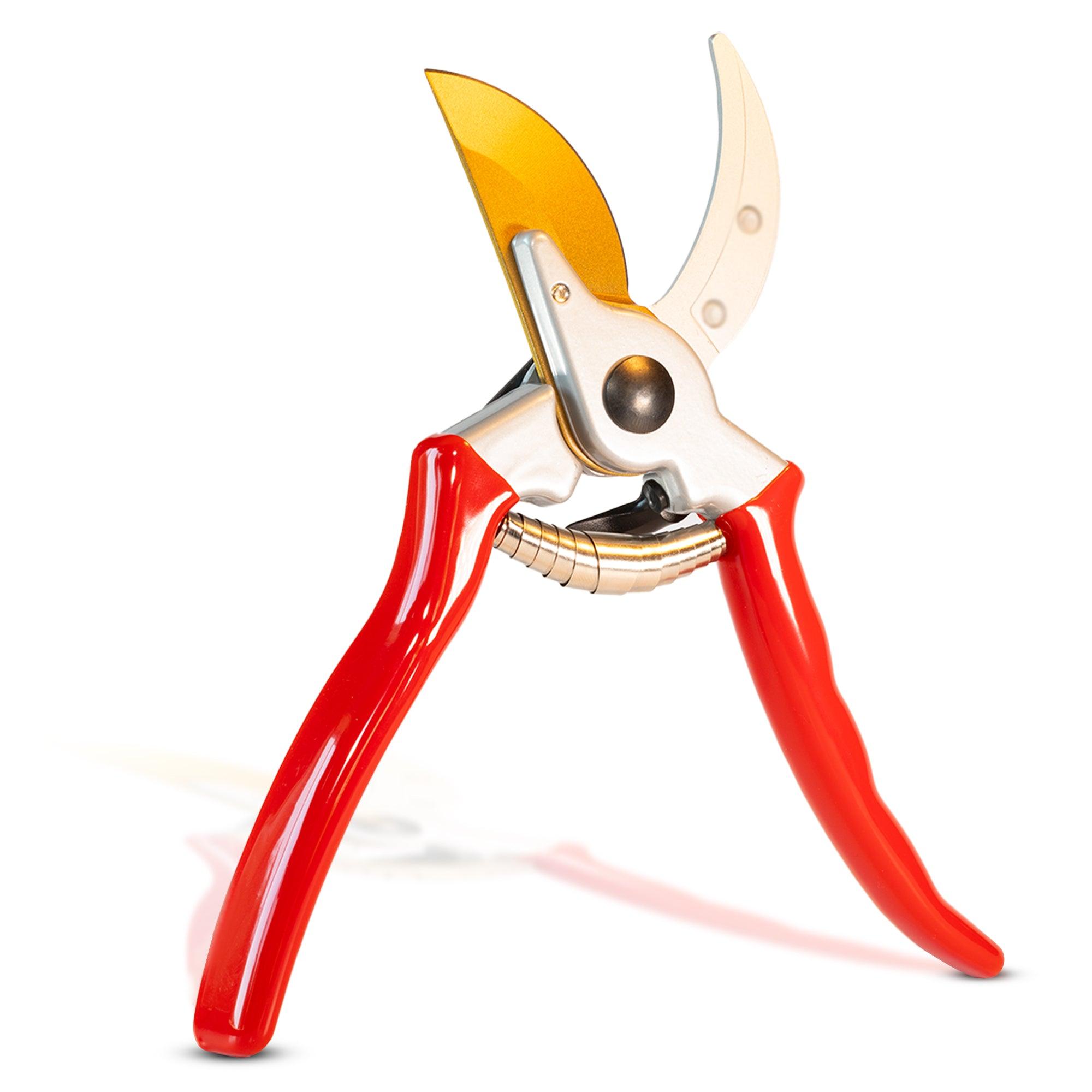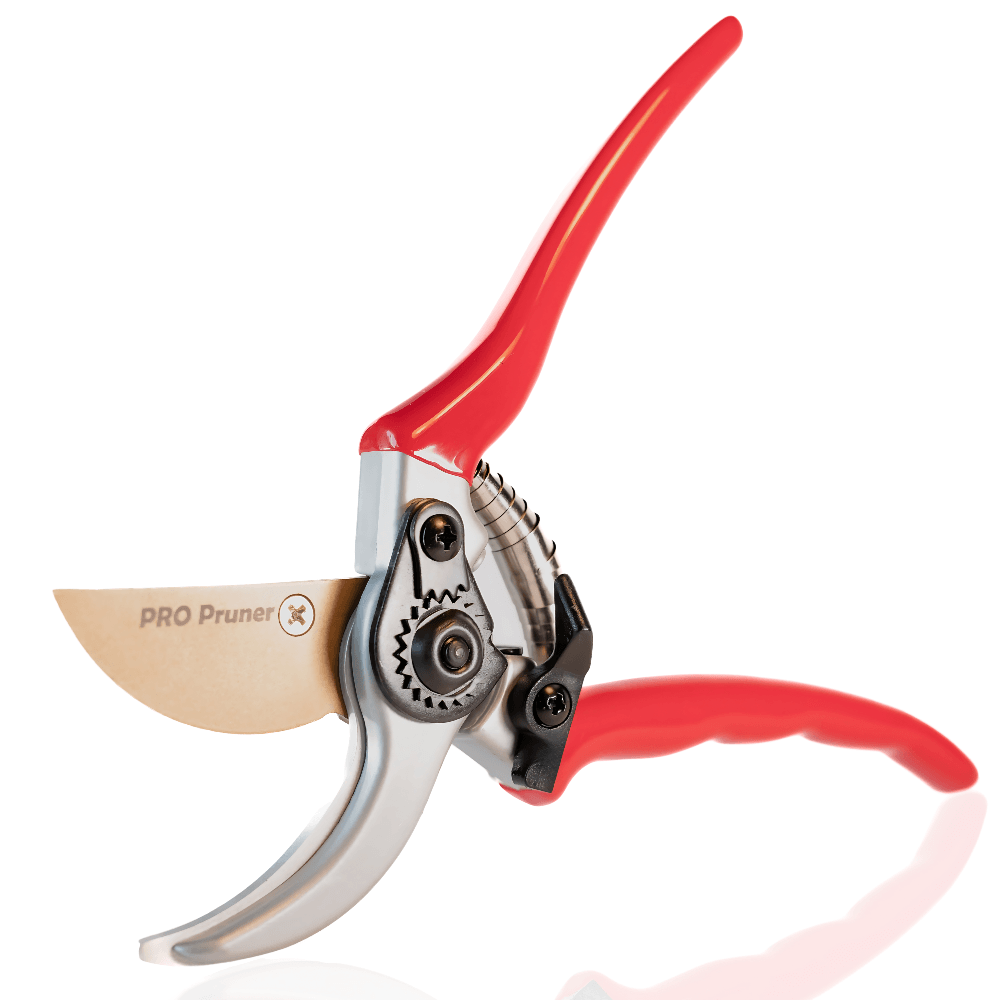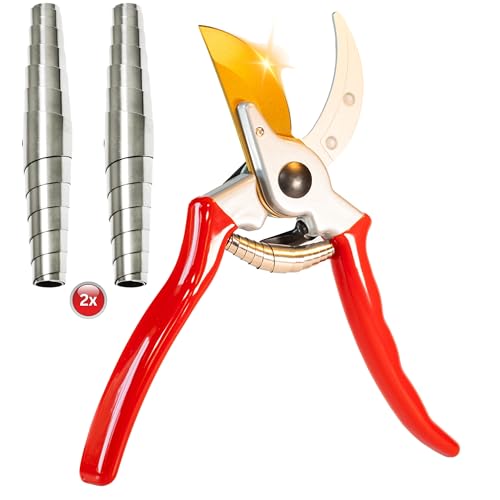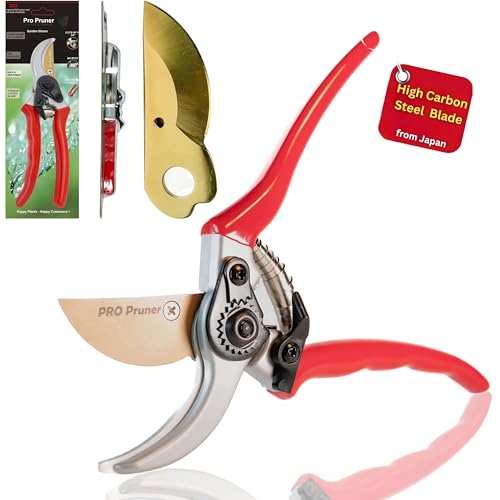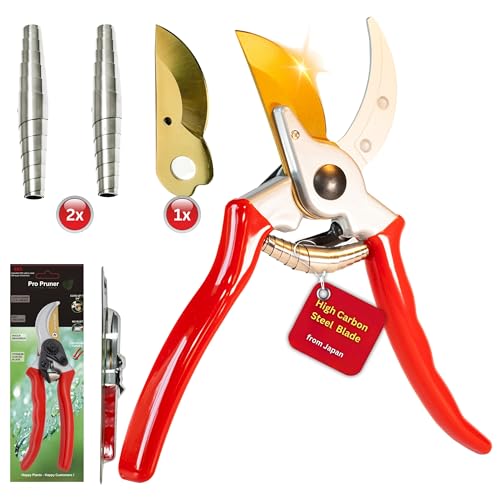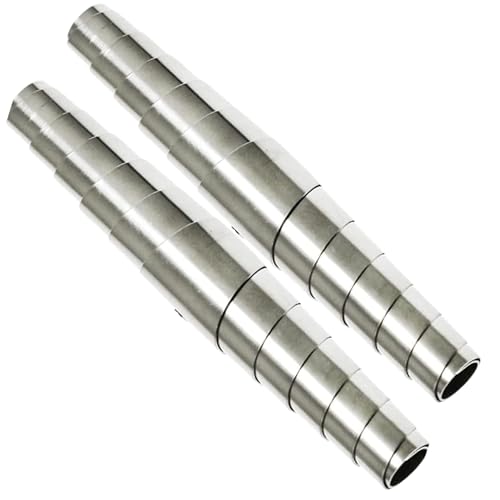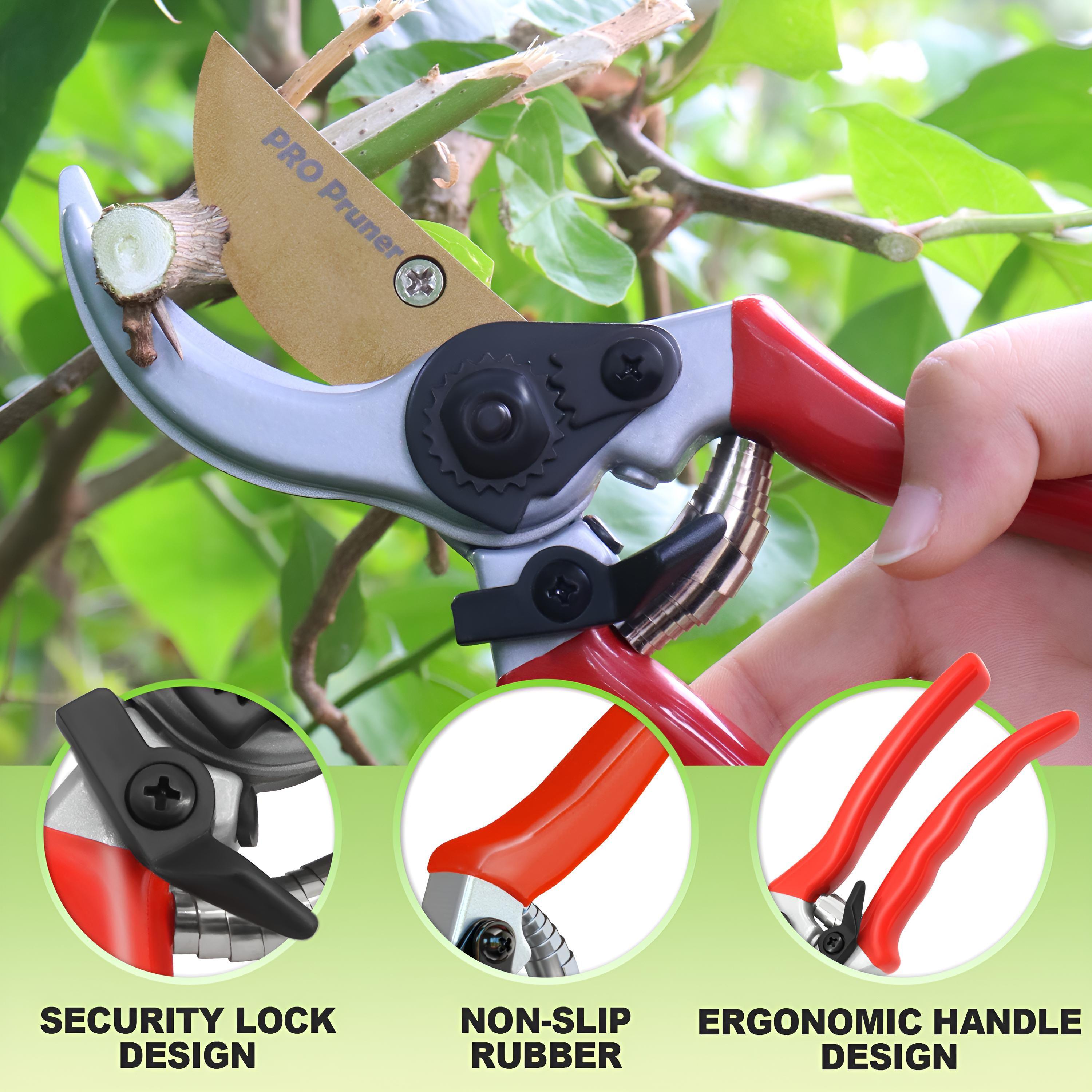Caring for Your Garden in November and December: Tips to Keep Your Plants Happy Through the Cold Months

As the crisp air of November settles in and the December frost starts to creep in, gardeners often wonder how to keep their plants thriving during the colder months. While winter might seem like a time for your garden to rest, there's plenty you can do to ensure your plants survive and even thrive during this chilly period.
Whether you’re managing houseplants indoors or protecting your outdoor garden, here are some essential tips to keep your green space vibrant and healthy as the year winds down.
1. Protect Your Outdoor Plants from Frost
As temperatures drop, frost becomes a serious concern for outdoor plants, especially tender perennials, shrubs, and young trees. If you live in an area where the temperature regularly drops below freezing, take action to protect your plants from the frost damage that can occur overnight.
What to do:
- Cover plants: Use frost cloths, burlap, or old sheets to cover vulnerable plants during the coldest nights. Make sure the fabric touches the ground to trap warmth.
- Mulch deeply: Add a thick layer of mulch (about 3-4 inches) around the base of plants to insulate roots and retain soil moisture.
- Move potted plants: If you have potted plants, bring them indoors or place them in a sheltered spot like a garage or shed to prevent them from freezing.
2. Watering: Less is More
During the colder months, your plants’ water needs change. Many plants enter a dormant phase during the winter, which means they need less water than they do during the warmer months. However, it's important not to let them dry out completely, especially if you’re experiencing dry, windy conditions.
What to do:
- Water during the warmest part of the day: Water your plants in the afternoon when temperatures are warmer to give them time to absorb moisture before the cold sets in overnight.
- Avoid over-watering: Ensure the soil has good drainage to prevent waterlogging, as cold, soggy soil can lead to root rot.
- Check indoor plants regularly: Indoor plants still need watering, but usually at a reduced frequency. Check the moisture levels with your finger—if the soil feels dry, give them a small drink.
3. Prune for Health, Not for Growth
November and December are ideal times to do some pruning, but be cautious about over-pruning. Pruning during dormancy helps prevent damage and promotes healthy growth come spring. For deciduous trees and shrubs, now is the time to remove dead or damaged branches.
What to do:
- Remove dead wood: Cut away any dead, diseased, or broken branches from trees and shrubs. This allows the plant to focus its energy on healthy growth in the spring.
- Prune flowering shrubs: Many flowering shrubs, like lilacs and hydrangeas, benefit from light pruning in late fall to encourage more blooms in the spring.
- Use the right tools: For effective and clean cuts, use sharp pruning shears or secateurs. If you’re dealing with thicker branches, a high-quality pruning saw or Pro Pruners will help you make smooth, precise cuts without damaging your plants. Check out our recommended Pro Pruners here!
Pro tip: Always disinfect your pruning tools between plants to avoid transferring diseases.
4. Indoor Plant Care: Bring the Outdoors In
If you’re a houseplant enthusiast, November and December are great months to show your indoor plants a little extra love. As daylight hours shorten, many plants experience slower growth, but they still need care to stay healthy through the winter months.
What to do:
- Increase humidity: Indoor air can become dry during the winter, which isn’t ideal for tropical plants. Increase humidity by misting your plants, using a humidifier, or placing plants on a shallow tray filled with water and pebbles.
- Adjust watering: Cut back on watering since plants use less water during the cooler months. Be sure not to let the roots sit in water for too long to prevent rot.
- Positioning matters: Keep plants in bright, indirect light. Avoid placing them near heat sources like radiators or fireplaces, as this can cause stress and dry them out.
5. Plan for Spring Now
Even though your garden may look sleepy during the winter, it’s the perfect time to start planning for the next growing season. Make the most of these quiet months by researching new plants to try, designing your garden layout, and preparing for the spring rush.
What to do:
- Order seeds: Start browsing catalogs and ordering seeds or new plants you want to try come spring. This gives you a head start on the planting season.
- Prepare your soil: If you’re planning a vegetable garden or flower bed, start prepping your soil. In late fall, you can add compost or organic matter to improve soil health and ensure your plants will have a nutrient-rich environment when it’s time to plant.
Final Thoughts
November and December are essential months for keeping your garden healthy and ready for the spring season. By protecting your plants from the cold, adjusting your care routine, and doing some careful pruning, you can ensure a successful growing season ahead.
Whether you’re a seasoned gardener or a beginner, taking care of your plants now sets the stage for a lush, vibrant garden when the warmer months return.
If you're preparing to prune or maintain your garden, don’t forget the importance of using the right tools. A quality pair of pruners can make all the difference in ensuring healthy cuts and avoiding plant damage. Check out Pro Pruners at Pro Pruners for precision and reliability this season!
Happy gardening, and here’s to a healthy, flourishing garden in 2024! 🌿✨


